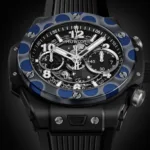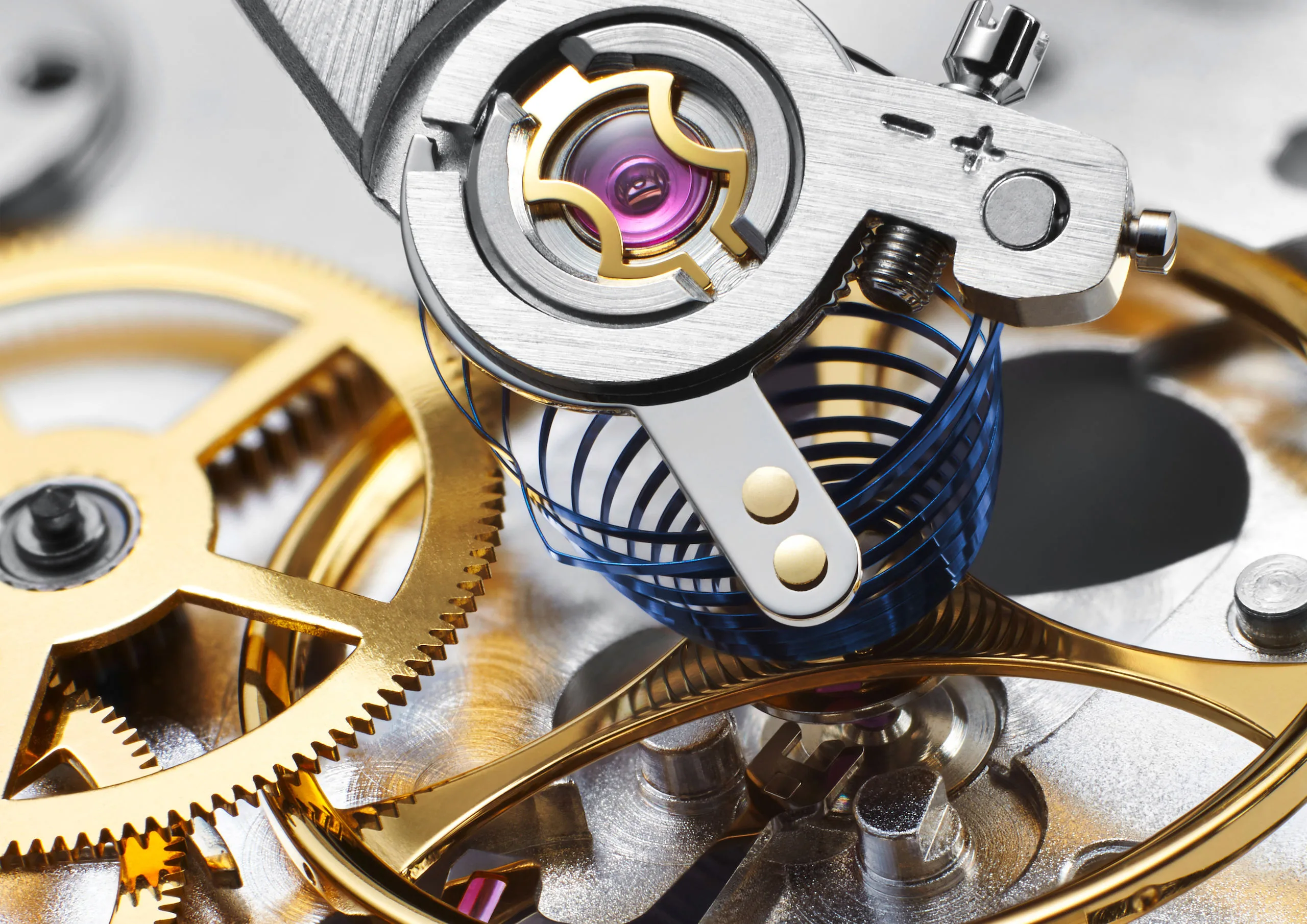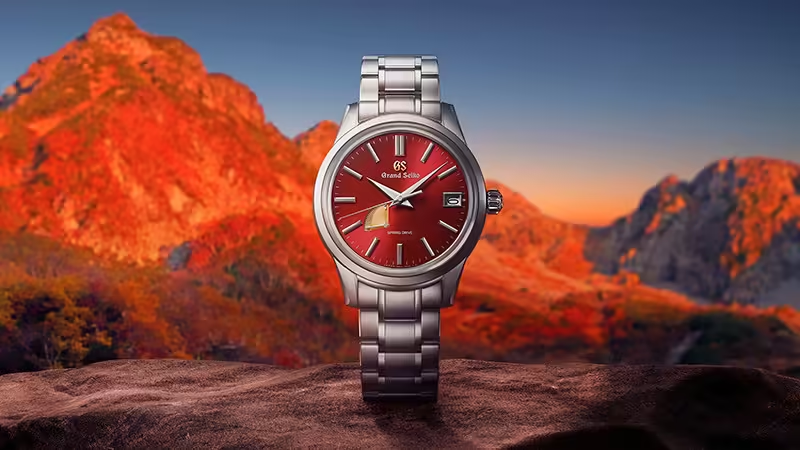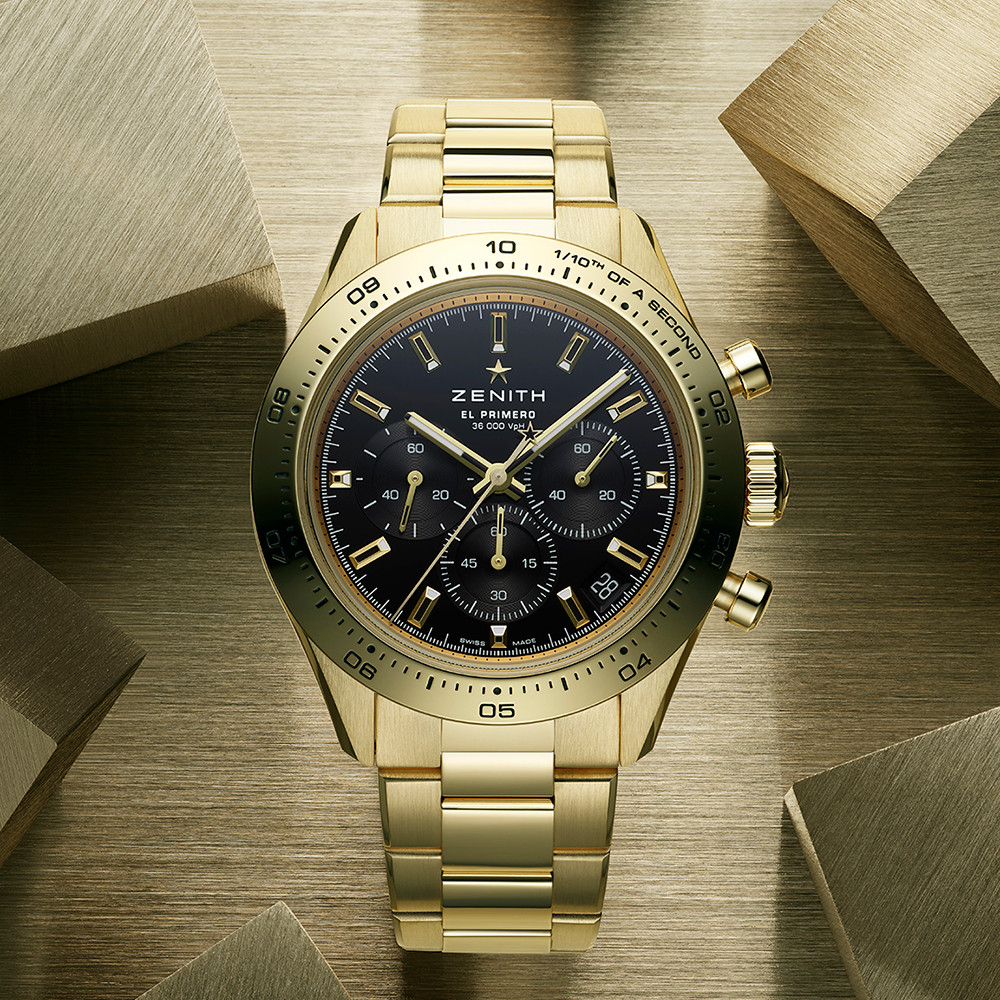The Tourbillon: A Timeless Marvel in Horological Complications
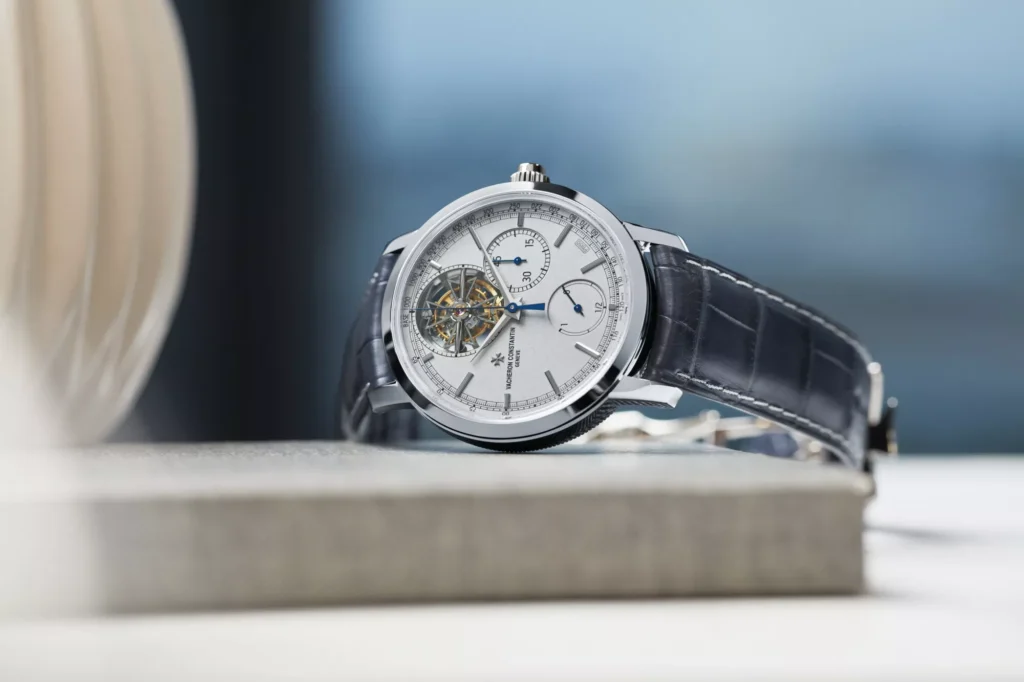
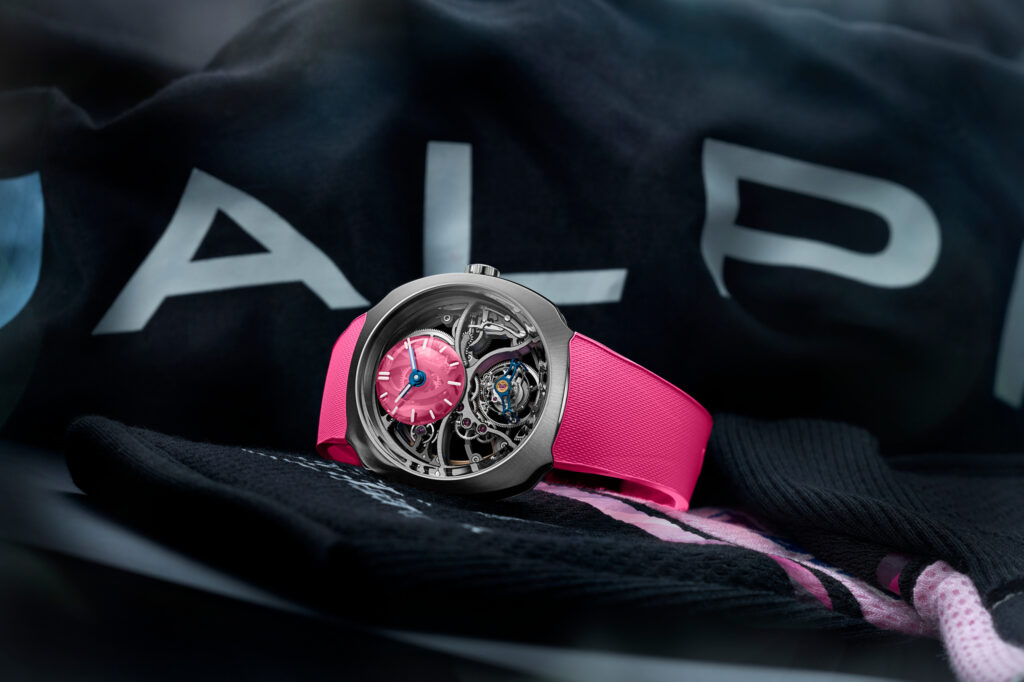
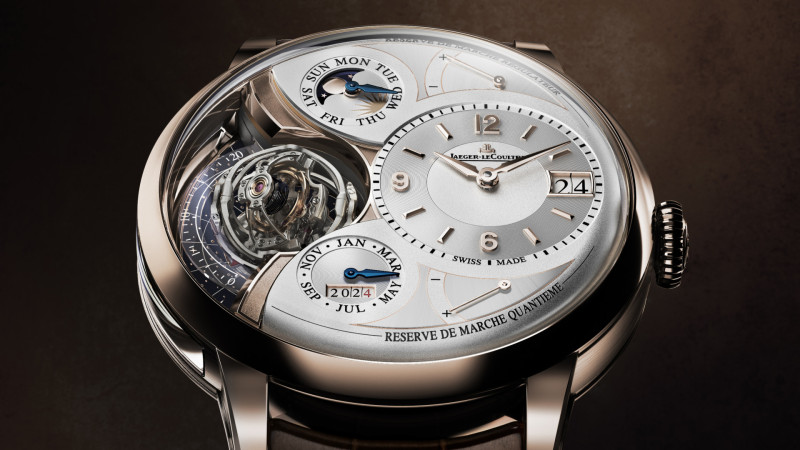
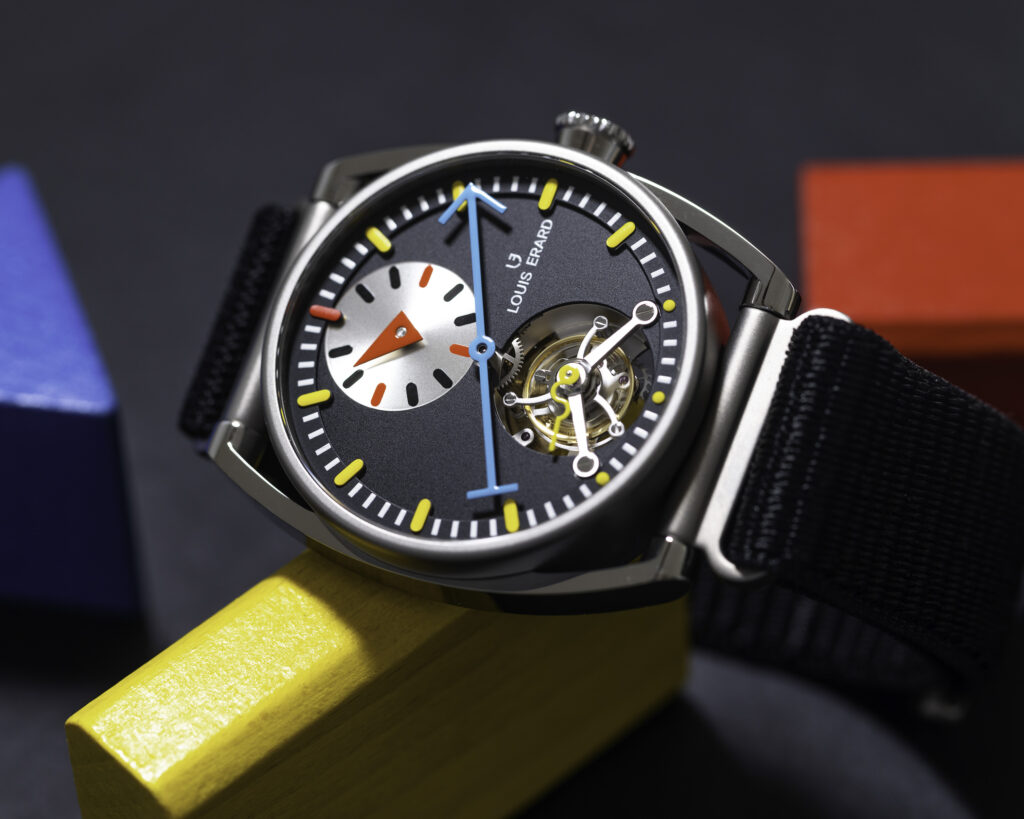
The world of horology is filled with intricate mechanisms and innovative complications, each contributing to the precision and beauty of timepieces. Among these, the tourbillon stands out as one of the most revered and complex features. This blog will delve into the fascinating history of the tourbillon, explore its mechanical intricacies, and highlight some of the most notable watches that have employed this remarkable complication throughout history.
Introduction
What is a Tourbillon?
A tourbillon, French for “whirlwind,” is a rotating cage designed to house the escapement and balance wheel of a watch. It was invented to counteract the effects of gravity on the timekeeping accuracy of pocket watches, which were often carried in vertical positions. By constantly rotating the entire escapement assembly, the tourbillon averages out positional errors and enhances the precision of the watch.
Why is the Tourbillon Important?
The tourbillon is not just a technical feat but also a testament to the ingenuity and craftsmanship of watchmakers. Its intricate design and assembly require exceptional skill, making it a hallmark of high-end watchmaking. Beyond its functional benefits, the tourbillon is often showcased as a symbol of horological excellence and artistic mastery.
The Birth of the Tourbillon: A Historical Overview
Abraham-Louis Breguet: The Mastermind Behind the Tourbillon
The invention of the tourbillon is credited to Abraham-Louis Breguet, one of the greatest watchmakers of all time. Born in 1747 in Neuchâtel, Switzerland, Breguet moved to Paris, where he established his watchmaking business. His relentless pursuit of precision and innovation led to the development of the tourbillon, which he patented on June 26, 1801.
Breguet’s original tourbillon design featured a rotating cage that completed one revolution per minute, aiming to mitigate the errors caused by the Earth’s gravity on the balance wheel. This invention marked a significant advancement in the quest for accurate timekeeping.
Early Tourbillon Watches
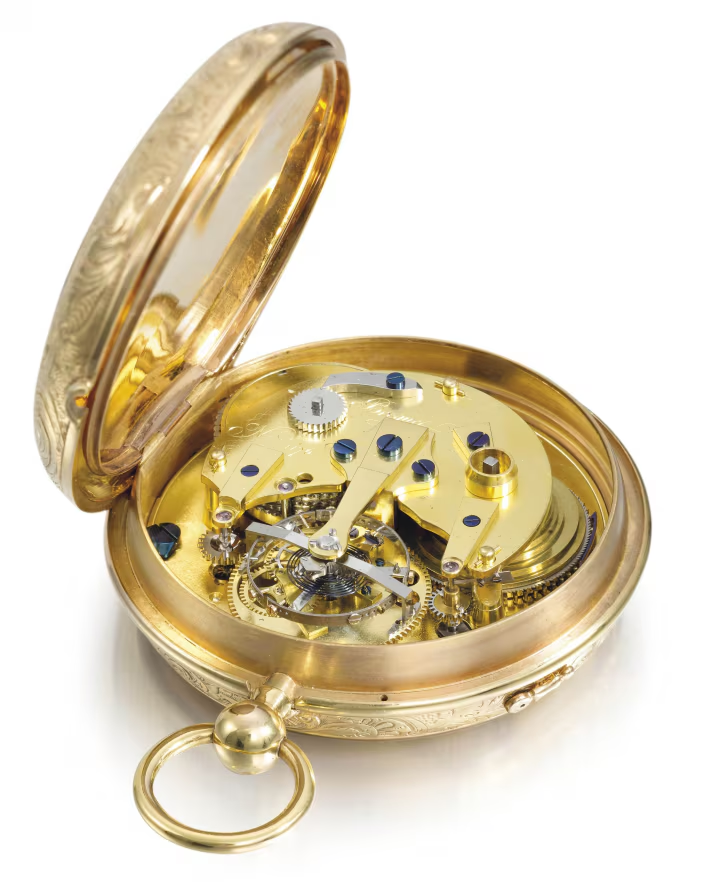
Breguet’s early tourbillon watches were rare and highly prized. One of the most famous is the Breguet No. 169, a pocket watch completed in 1808. This watch, now housed in the British Museum, exemplifies the early implementation of the tourbillon and remains a symbol of Breguet’s genius.
Evolution of the Tourbillon
After Breguet’s death in 1823, the tourbillon remained a niche complication, largely confined to the realm of pocket watches. It wasn’t until the 20th century that the tourbillon began to gain wider recognition and appreciation, especially with the resurgence of mechanical watches in the late 20th and early 21st centuries.
The Mechanics of a Tourbillon
Components of a Tourbillon
A traditional tourbillon consists of several key components:
- Rotating Cage: The structure that houses the escapement and balance wheel. It typically makes one full rotation per minute.
- Escapement: The mechanism that controls the release of energy from the mainspring to the gear train, regulating the movement of the watch hands.
- Balance Wheel: The oscillating wheel that governs the timing of the escapement.
- Pinions and Gears: These transfer energy to the rotating cage, allowing it to move smoothly.
How a Tourbillon Works
The primary function of a tourbillon is to counteract the effects of gravity on the watch’s accuracy. In a traditional mechanical watch, the escapement and balance wheel can be affected by their position relative to the Earth’s gravitational pull, causing slight variations in timekeeping. By mounting these components in a rotating cage, the tourbillon averages out positional errors, enhancing the watch’s precision.
Detailed Technical Implications
- Gravity Compensation: The balance wheel and escapement are responsible for regulating the timekeeping of a watch. When a watch is in different positions (e.g., dial up, crown up, crown down), gravity affects these components differently. This can lead to slight variations in the rate at which the balance wheel oscillates, causing inaccuracies. The tourbillon mitigates these effects by constantly rotating the balance wheel and escapement, averaging out positional errors over time.
- Angular Velocity and Positional Errors: The tourbillon’s rotating cage typically completes one revolution per minute. This rotation ensures that any positional errors that occur when the watch is in a particular position are counterbalanced when the watch is in another position. Essentially, the errors cancel each other out, leading to more consistent timekeeping.
- Mechanical Efficiency: While the tourbillon improves accuracy, it also adds complexity and requires more power from the mainspring. The additional gears and rotating cage introduce friction and energy consumption. Modern advancements, such as the use of high-tech materials like silicon, help reduce friction and improve the efficiency of the tourbillon mechanism.
Variations of the Tourbillon
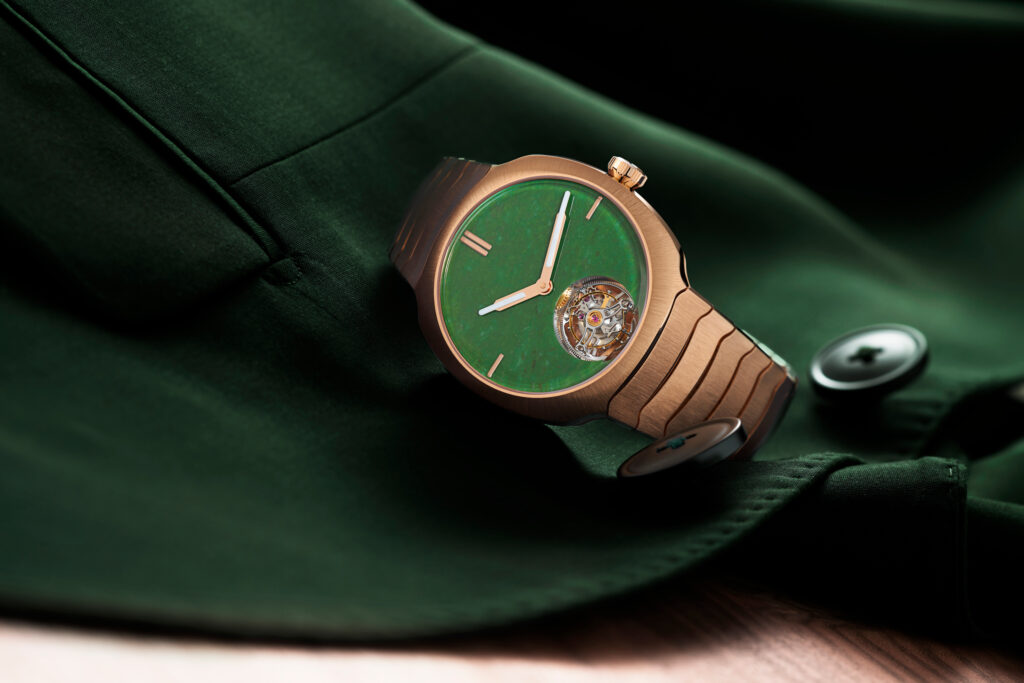
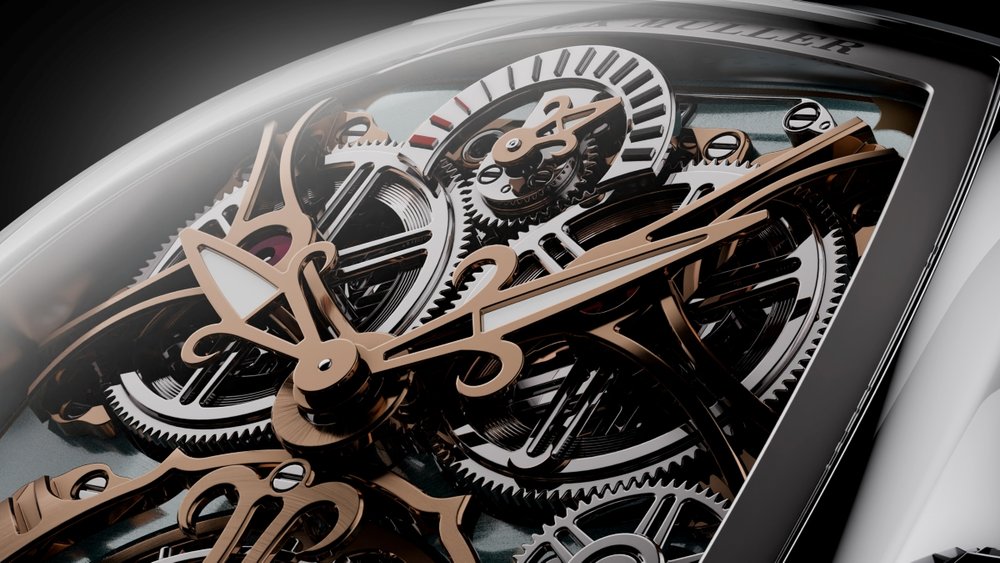
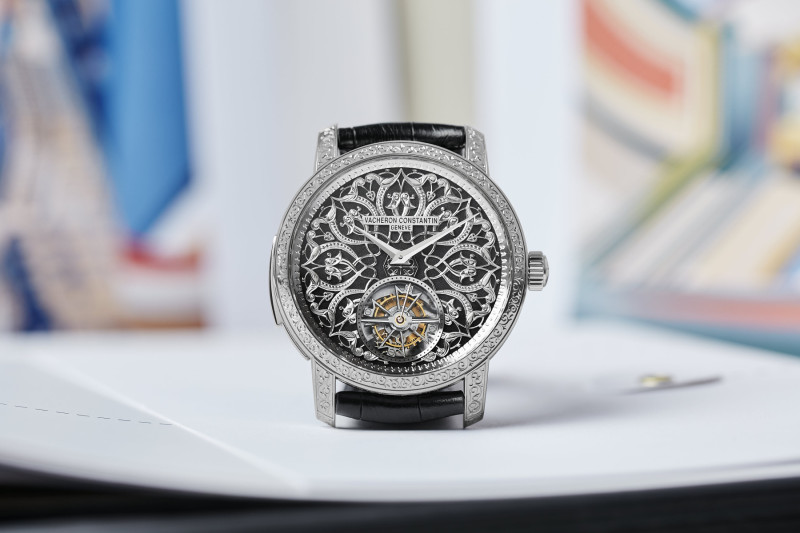
Over the years, watchmakers have developed several variations of the traditional tourbillon to further refine its performance and showcase their technical prowess. Some notable variations include:
- Multi-Axis Tourbillon: This variation features a rotating cage that moves along multiple axes, providing an even greater level of positional error correction. Examples include the Jaeger-LeCoultre Gyrotourbillon and the Greubel Forsey Double Tourbillon 30°.
- Flying Tourbillon: Unlike a traditional tourbillon, which is supported by a bridge on both sides, a flying tourbillon is cantilevered, supported only from one side. This design offers an unobstructed view of the tourbillon mechanism, enhancing its aesthetic appeal. The first flying tourbillon was created by Alfred Helwig in 1920.
- Carrousel Tourbillon: Similar to a tourbillon, the carrousel also rotates to counteract gravitational effects. However, it differs in its construction and power transmission. The Blancpain Carrousel is a notable example of this variation.
Notable Watches Featuring the Tourbillon
Breguet Tourbillon Watches
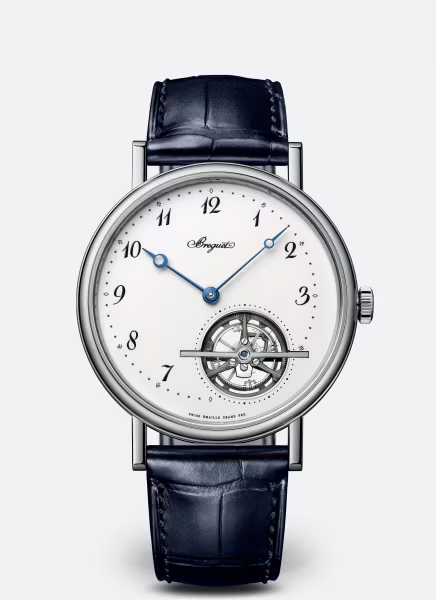
As the inventor of the tourbillon, Breguet has continued to produce some of the most exquisite tourbillon watches. The Breguet Classique Tourbillon Extra-Plat Automatique 5367 is a modern example that pays homage to the brand’s heritage. This ultra-thin watch features a beautifully crafted tourbillon and showcases Breguet’s signature guilloché dial and blued hands.
Audemars Piguet Royal Oak Offshore Tourbillon Chronograph
Audemars Piguet is renowned for its innovation and craftsmanship, and the Royal Oak Offshore Tourbillon Chronograph is no exception. This watch combines the robustness of the Royal Oak Offshore collection with the sophistication of a tourbillon and chronograph functions. Its bold design and technical complexity make it a standout piece in the world of haute horlogerie.
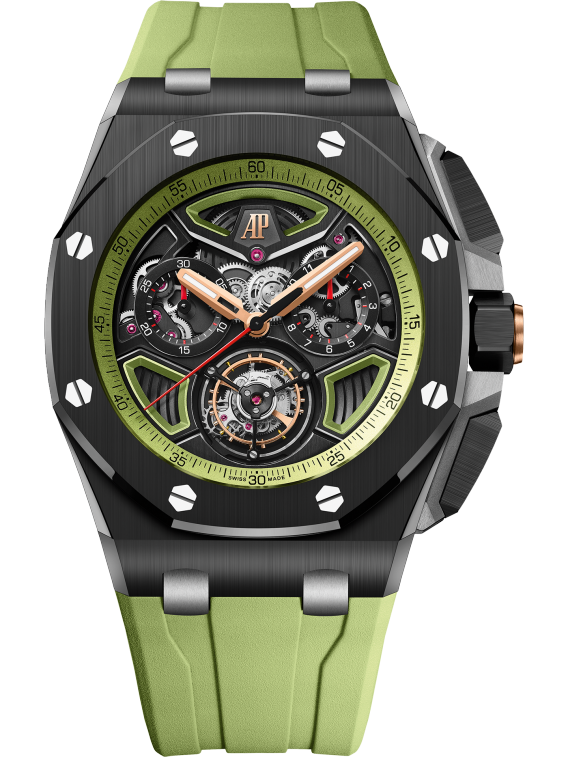
Patek Philippe Sky Moon Tourbillon
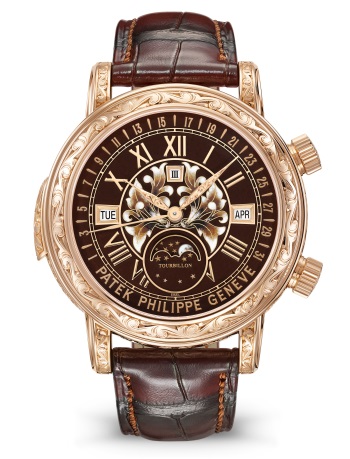
Patek Philippe is synonymous with high-end watchmaking, and the Sky Moon Tourbillon is one of the brand’s most complicated and prestigious creations. This double-faced wristwatch features a tourbillon along with numerous other complications, including a perpetual calendar, minute repeater, and celestial chart. The Sky Moon Tourbillon exemplifies Patek Philippe’s mastery of both technical and artistic aspects of watchmaking.
Jaeger-LeCoultre Master Gyrotourbillon 1
The Jaeger-LeCoultre Master Gyrotourbillon 1 is a prime example of a multi-axis tourbillon. This watch features a spherical tourbillon that rotates along multiple axes, providing an extraordinary level of precision. The intricate mechanism is housed in a beautifully designed case, showcasing Jaeger-LeCoultre’s commitment to both technical excellence and aesthetic beauty.
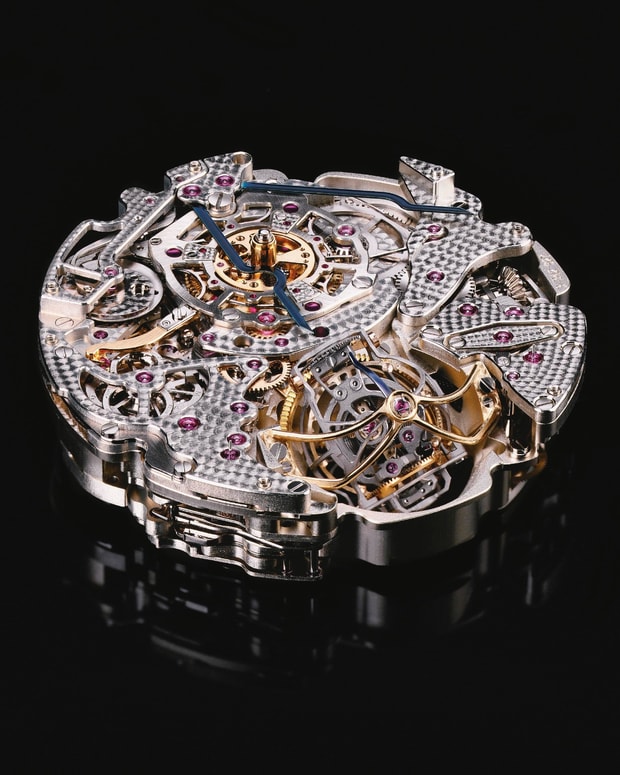
Vacheron Constantin Traditionnelle Twin Beat Perpetual Calendar
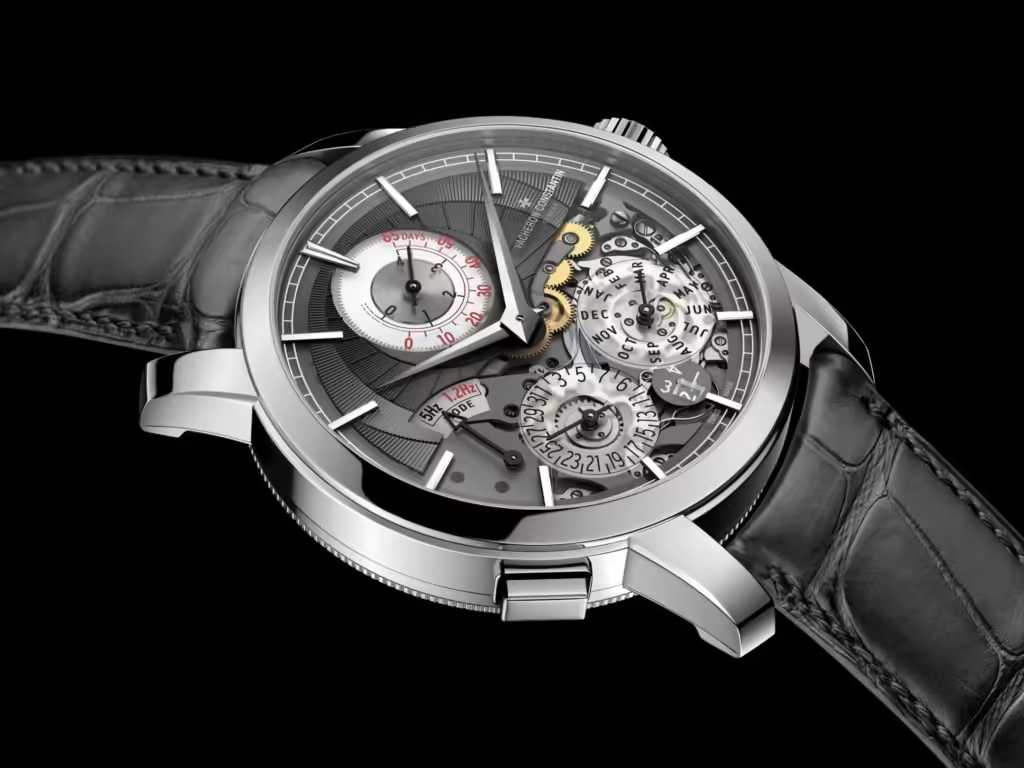
Vacheron Constantin’s Traditionnelle Twin Beat Perpetual Calendar is a groundbreaking watch that combines a tourbillon with an innovative dual-frequency system. This allows the watch to switch between high-frequency (5 Hz) and low-frequency (1.2 Hz) modes, extending its power reserve to up to 65 days. The tourbillon is prominently displayed, highlighting the brand’s dedication to pushing the boundaries of watchmaking.
Greubel Forsey Double Tourbillon 30°
Greubel Forsey is renowned for its avant-garde approach to tourbillon design. The Double Tourbillon 30° features two tourbillon cages, with one rotating inside the other at a 30-degree angle. This unique configuration enhances the watch’s precision and showcases Greubel Forsey’s innovative spirit. The watch’s intricate movement is beautifully finished, reflecting the brand’s commitment to craftsmanship.
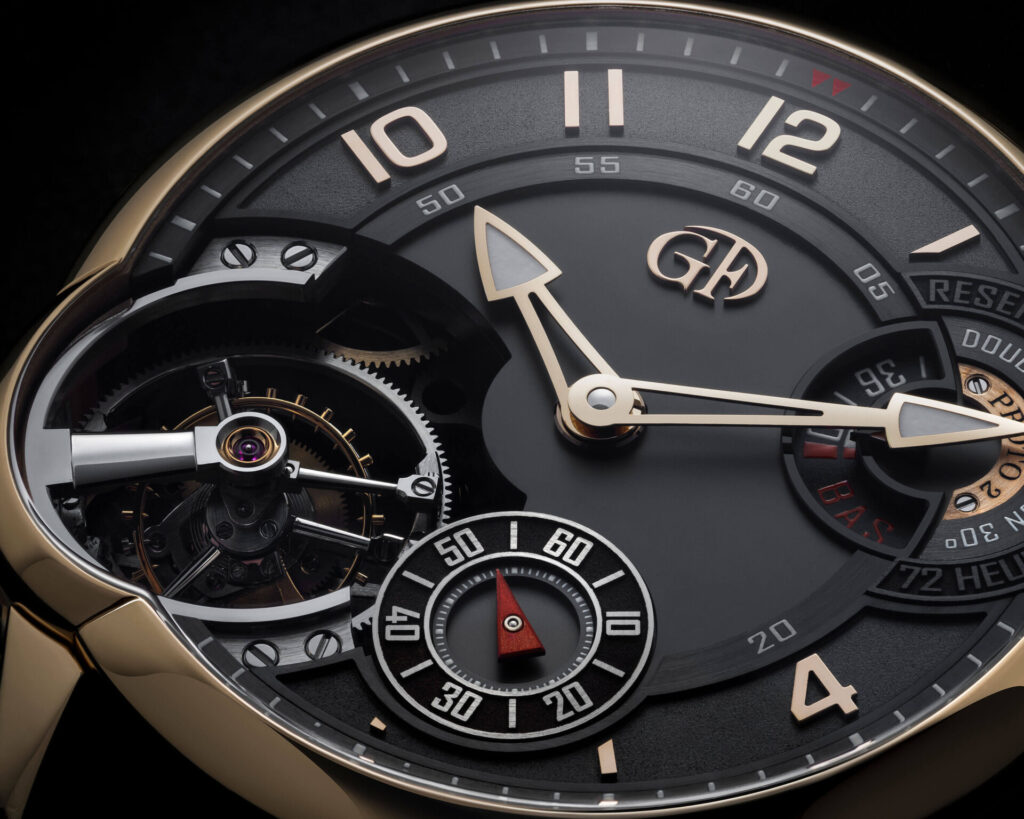
A. Lange & Söhne Tourbograph Perpetual “Pour le Mérite”
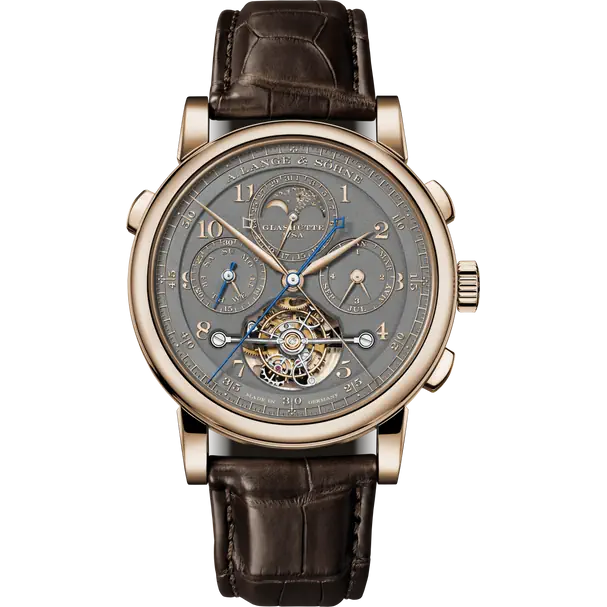
A. Lange & Söhne is celebrated for its precision and attention to detail. The Tourbograph Perpetual “Pour le Mérite” is a masterpiece that combines a tourbillon with a chronograph and perpetual calendar. This watch also features a fusée-and-chain transmission, ensuring constant torque and enhancing timekeeping accuracy. The Tourbograph Perpetual “Pour le Mérite” exemplifies A. Lange & Söhne’s pursuit of horological perfection.
The Modern Era: Innovations and Trends
The Rise of the Tourbillon in Wristwatches
While the tourbillon was originally designed for pocket watches, its adaptation to wristwatches has brought new challenges and opportunities for watchmakers. The smaller size and different wearing positions of wristwatches have led to innovations in tourbillon design and construction. Today, the tourbillon is a symbol of luxury and technical sophistication in high-end wristwatches.
Technological Advancements
Modern materials and manufacturing techniques have further refined the tourbillon. For
example, the use of silicon components has reduced friction and improved the reliability of the tourbillon mechanism. Additionally, advancements in computer-aided design and precision machining have allowed for more intricate and reliable tourbillon constructions.
Artistic and Aesthetic Innovations
In addition to their technical achievements, contemporary tourbillon watches often feature stunning artistic designs. Watchmakers incorporate intricate engravings, skeletonized movements, and decorative finishes to highlight the beauty of the tourbillon. Brands like Richard Mille and MB&F are known for their avant-garde designs that push the boundaries of traditional watch aesthetics.
Tourbillons in Smartwatches
While mechanical watches remain the primary domain of the tourbillon, there have been experimental implementations of tourbillon-like features in smartwatches. These are primarily for aesthetic purposes, combining the allure of traditional watchmaking with modern technology. Although still in its infancy, this trend hints at the evolving relationship between classic horology and contemporary innovation.
Collecting Tourbillon Watches
The Appeal of Tourbillon Watches
For collectors, tourbillon watches represent the pinnacle of horological artistry and engineering. The complexity and craftsmanship required to create a tourbillon make these watches highly desirable. Collectors often seek out limited editions, vintage pieces, and unique designs that showcase the tourbillon in different forms.
Investment Potential
Tourbillon watches often hold their value well and can even appreciate over time. Limited production runs and the reputation of the watchmaker significantly influence the investment potential of a tourbillon watch. Brands like Patek Philippe, Breguet, and Audemars Piguet are known for creating tourbillon watches that are highly sought after in the secondary market.
Maintenance and Care
Due to their complexity, tourbillon watches require meticulous maintenance and care. Regular servicing by skilled watchmakers is essential to ensure the longevity and performance of the tourbillon mechanism. Collectors must be mindful of the watch’s condition, provenance, and authenticity when acquiring and maintaining these exquisite timepieces.
Conclusion
The tourbillon remains one of the most celebrated and intriguing complications in the world of horology. From its invention by Abraham-Louis Breguet to its modern iterations, the tourbillon has continually pushed the boundaries of watchmaking precision and artistry. Whether as a testament to technical innovation, a symbol of luxury, or a collector’s prized possession, the tourbillon endures as a timeless marvel in the art of watchmaking.
As we look to the future, the tourbillon will undoubtedly continue to evolve, driven by both technological advancements and the enduring passion of watchmakers and enthusiasts alike. In an era where digital technology dominates, the tourbillon serves as a reminder of the ingenuity, craftsmanship, and beauty inherent in mechanical horology.
